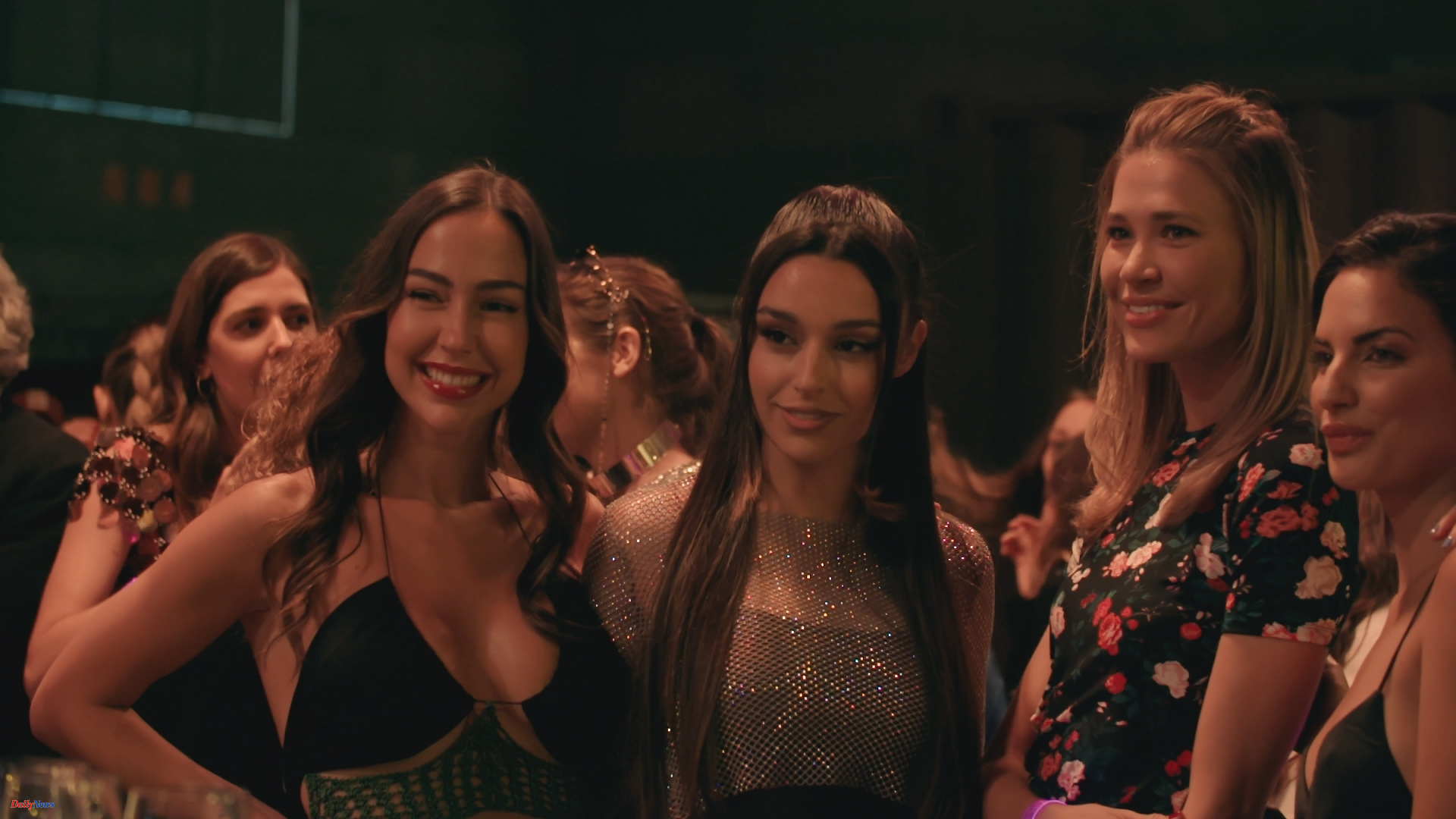The term WAG does not appear in the dictionary. However, any football fan knows that it refers to the wives and girlfriends of the players. In 2002, The Telegraph revealed that a hotel in Dubai used that name to talk about the group and, from that moment, the nickname went viral. However, they were already popular.
According to the BBC, interest in WAGs was born in England when Beckham began dating Posh Spice. When the press noticed that the headlines worked, they decided to try other romances and, soon, the footballers' affairs filled the pages. What's more, in France '98, the athletes' girlfriends were as important as them.
And what about Spain? According to the newspaper archive, the first star to become a "character of the heart" was Davor Šuker, after confessing his love for Ana Obregón. Despite this, the deep interest in the sentimental lives of the footballers was not unleashed until the "galactic era" was established in Real Madrid.
At first, people wanted to know about Figo's companions, Raúl and Roberto Carlos in order to get to know them more. Each quality seen in them could highlight the personality of the then idols. But, in a matter of months, the perception of WAGs changed.
The media no longer viewed positively that they spent much of their time supporting their lovers. They indicated that "it seemed like they had nothing else to do" and that is, precisely, the image that WAGs wants to correct: they also play. The docureality, with eight episodes, premiered on Mitele Plus last November.
Produced in collaboration with Beta Entertainment Spain (Los Gipsy Kings), this new format reveals what the daily life of Spanish WAGs is like; what their paths have been like until they reached their professional goals; what are your interests, hobbies and concerns; and their efforts to combine their professions with their private and family lives in the cities in which they reside - Madrid, Paris and Milan - together with their partners, who are part of the Real Madrid, Atlético de Madrid, PSG and AC Milan squads. .
In broad strokes, the series presents the daily life of four young people: Paddy Noarbe, the fiancée of Marcos Llorente, the Atleti midfielder, Zoe Cristofoli, the girlfriend of AC Milan defender Theo Hernández, Mina Bonino, the wife of the Madrid player Fede Valverde, and Alba Silva, the wife of Sergio Rico, the Paris Saint Germain goalkeeper, who suffered a serious accident in May.
In its first minutes, the production talks excessively about the footballers. However, it then focuses on celebrating the lives that its protagonists had or have off the field. For example, in WAGs it is noted that Mina Bonino used to be a great sports journalist and that Cristofoli tries to combine her work as a mother with her role as a model and DJ.
Likewise, the docureality shows that Paddy published a book on personal growth and it is noted that Silva has two companies: a real estate investment company, with her husband, and a pizzeria, with her friend Marta, the girlfriend of soccer player Carlos Soler. That is, the series tries to show that the WAGs are more than stadium mannequins. And, for the most part, she succeeds.
In fact, there is a statement from Bonino that encompasses very well what the documentary shows. "People think that us soccer players' wives spend all day sleeping or shopping. And yes, we do much less than others because of the privileges we have. But we also do a lot of things. That's why I said yes to this program: so that "It seems that I am indeed 'fucked up'. But not as much as they think."
As a result, Bonino shows, in detail, her journey towards her second motherhood, Cristofoli shows her long-awaited return to work - which involves DJing in a nightclub in Ibiza -, Noarbe shows how difficult it is to organize a wedding and Silva shows how she manages stay on her feet while her husband is in the hospital.
It is worth mentioning that it is impossible not to empathize with Alba. He exudes strength and her family, which is presented as a folksy clan that dresses in Vuitton, brings "normality" to the documentary. Sometimes you might even say, "Look, that's like my neighbor." The same goes for Bonino. His mother-in-law could very well be your mother-in-law and his living room could be yours... What's more, it is possible that yours is more organized than the Valverdes'.
In conclusion, the Mediaset series manages, for the most part, to remove the prejudices held against WAGs. However, there are also parts that reinforce the idea that their world is artificial. Especially when it comes to Noarbe. The series shows videos of what he was like, at 17 years old, when he started with Marcos Llorente. The Spanish exuded freshness. But when it is shown in true Georgina style, that magic disappears.
He does not allow himself to be recorded if a hair moves from its place, he usually cries without tears and wipes his eyes with his knuckles, instead of his fingertips. And maybe it wouldn't seem so terrible if that were just her program. But the production shows scenes of the disheveled Bonino after hers... And comparisons are inevitable.
Even so, Paddy and his henchmen end up convinced that their series is doing the WAGs a favor. They think there may be a "before" and an "after" of the documentary. "It is believed that our lives are perfect. But our stories can show that the most important thing cannot be bought with money or fame," says Silva in her last scene... And although it may sound far-fetched, the Sevillian woman does not stop be right.












